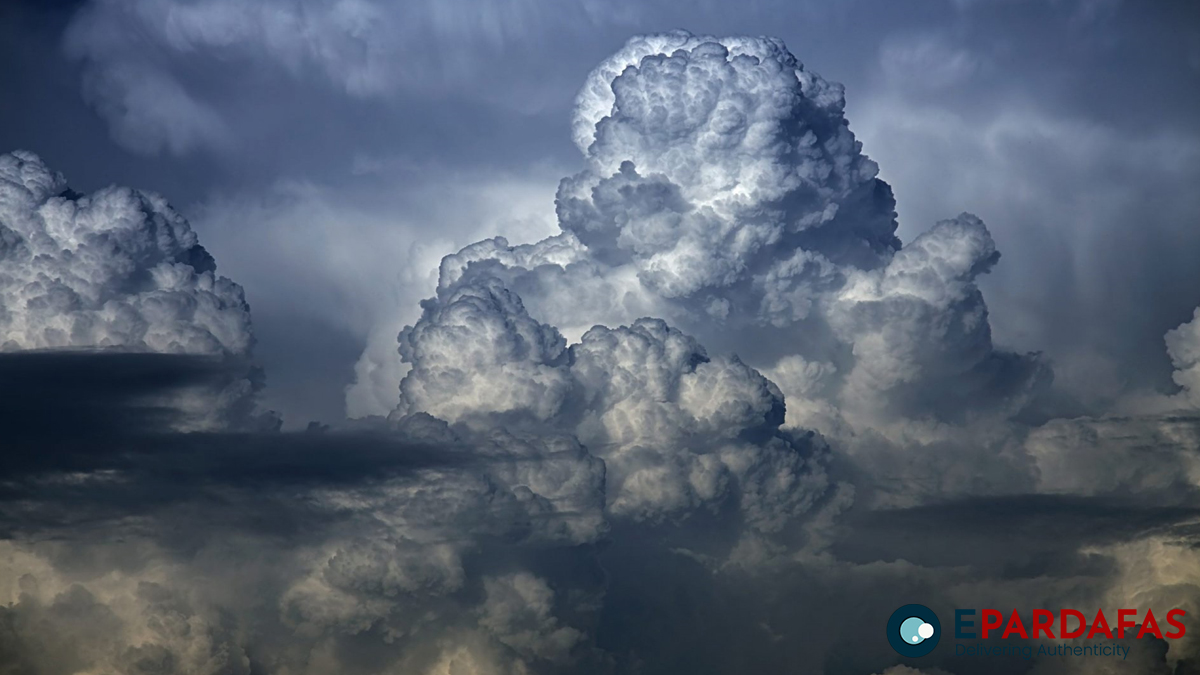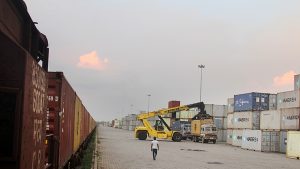
Department of Hydrology and Meteorology Releases Report on Kanchanpur Cloudburst

The Department of Hydrology and Meteorology has released a comprehensive study report detailing the extreme precipitation event that occurred in Kanchanpur on July 7. The phenomenon, termed the ‘Terai Cloudburst,’ was characterized by unprecedented rainfall that led to significant flooding and damage in the region.
The report, made public on Sunday, was based on field visits to Dodhara, Hanumannagar, and Sundarpur, where automated rainfall measurement instruments are installed. Data from Sundarpur’s device deviated from Department standards, prompting further assessment.
Hanumannagar recorded an extraordinary 102 mm of rainfall in just one hour between 10:05 pm and 11:05 pm on July 7. Over a 24-hour period, from 8:45 am on July 7 to 8:45 am on July 8, Hanumannagar received 573.6 mm of rainfall, Sundarpur 556.4 mm, and Dodhara 624 mm.
According to Department spokesperson Sunil Pokhrel, the intense downpour resulted from the interplay of monsoon systems in the upper, middle, and lower atmosphere, combined with a low-pressure system in the Westerly wind. This led to extensive flooding in the plains of Kanchanpur and caused significant damage due to the swollen rivulets.
Satellite imagery captured at 6:15 am on July 9 revealed that approximately 98 square kilometers, or about six percent of Kanchanpur’s total area, were inundated. This included around 85 square kilometers of agricultural land and approximately 14,000 physical structures.
Despite the severity of the rainfall, interactions and observations during the onsite visit indicated relatively less damage than expected, attributed to effective early warning and response measures. The report credited timely dissemination of special bulletins, impact-based meteorological forecasting, mass SMS alerts, and sufficient preparedness and response efforts, including effective search and rescue operations, as key factors in mitigating the damages.
The Department’s report emphasized the need for increased investment in weather forecasting and preparedness to minimize disaster risk, especially as climate change is expected to escalate the frequency and intensity of monsoon-related incidents.
This incident marks the highest recorded rainfall in Nepal to date, underscoring the importance of enhancing infrastructure and readiness to manage such extreme weather events in the future.
- Prime Minister Oli Returns After Official Visit to Thailand and BIMSTEC Summit Participation
- Resident Doctors at Lumbini Medical College Demand Equal Pay and Reforms
- PM Modi in Sri Lanka to Cement Defence, Energy Ties Amid Regional Power Dynamics
- PM Modi Meets Sri Lankan President Dissanayake in Colombo, Receives Historic Welcome












Comments